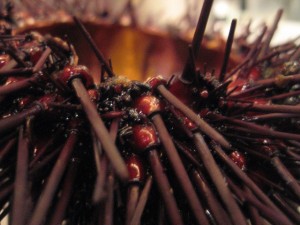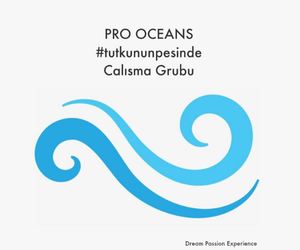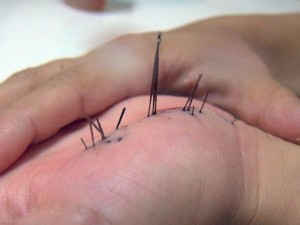While most divers know and respect the mantra “take nothing but pictures, leave nothing but bubbles,” there are instances when immediate contact with marine animals is unexpected or unavoidable. Tide pools and intertidal zones are great places to observe marine wildlife, but also present the risk of getting too close to something that will intentionally or inadvertently injure you. One of the most common of these is the sea urchin.
Sea urchins are related to other “harmless” sea creatures like sand dollars, sea stars, and sea cucumbers, but they have one crucial defense mechanism the others don’t: sharp spines that cover nearly every inch of their bodies. The spines themselves are not venomous, but some species have venomous glands at the base of these spines, which can be injected with the spine when it comes into contact with a predator, or into the flesh of an unwitting swimmer or diver.
The main disadvantage to being impaled by a sea urchin, besides possible envenomation, is that the spines are very brittle and can embed themselves deep into your tissues. Some sea urchin victims will have spines beneath their skin long after the initial contact, either due to the difficulty of removal or indifference to their presence. Foreign objects in your body can put you at risk for infection and other health problems, so err on the side of safety and see a doctor if you’re unable to remove the spines yourself. However, if you want to tackle it on your own, here are some tips to help you treat your wounds correctly and safely.
Clean the affected area. Whether you use an antiseptic cleanser, hydrogen peroxide, or just good ol’ soap and water, it is very important that you clean the puncture area to avoid any risk of bacterial infection.
Soak the affected area in hot water. Don’t scald yourself, but soak the affected area in the hottest water you can stand for about 20 minutes, until your skin prunes. You can even add epsom salt to boost the softening effect. Soaking in hot water is advantageous for a few reasons: it helps manage the pain, it keeps the wound clean, and it will also enable easier removal of the spines because your skin will be more pliable. If you have been envenomed and are experiencing pain from that, a vinegar soak will help neutralize the toxins and relieve some of the discomfort.
Careful removal. Thoroughly dry the affected area. If the spines are protruding enough that you can get ahold of them with tweezers or pliers, do so slowly and with care. People who are familiar with removing splinters with a needle may find that method to be effective with sea urchin spines, but it is crucial that you sterilize the needle prior to digging into your flesh. Sea urchin spines are brittle, and like splinters, have the potential to break into pieces as you attempt to remove them. Take care not to crush the spine with your implement, and use as steady a hand as possible.
Know when to let the experts handle it. If you do not think you are capable of removing the spines on your own, or have tried and not successfully removed them in their entirety, see a health professional as soon as possible. Multiple spines or deeply embedded spines are two great instances to not attempt removal yourself!
Aftercare. Once the spines have been removed, it is vital that you continue to care for the affected area. For a couple days after removal, continue to soak the wound in hot water, and be sure to use an antibacterial ointment and clean, fresh bandages to keep it free from infection until the puncture wounds have closed.
Source: leisurepro





